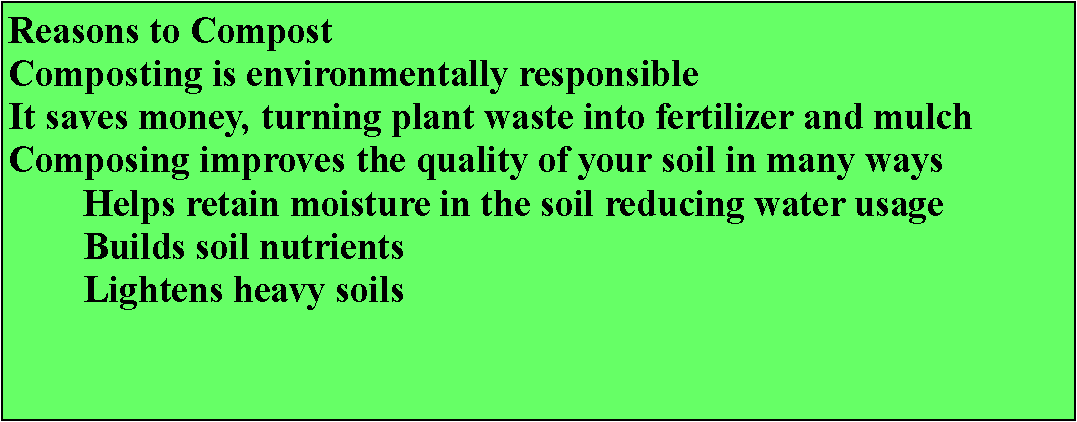Building a Garden from the Bottom Up

 As spring turns the world greener and brighter, the benefit of home landscaping and gardening is never more apparent.
As spring turns the world greener and brighter, the benefit of home landscaping and gardening is never more apparent.
Successful plantings, as with everything else, begin at the most basic level, the soil. Building healthy soil can be as simple as throwing kitchen and yard scraps into a composting bin. The practice, composting, significantly reduces waste, strengthens the nutrients and health of the soil, and delivers a green fertilizer to both edibles and ornamentals.
With a few simple preparations and some guidelines as to what composts and what doesn’t, composting is no more difficult than tossing and turning.
Start with the proper bin. Beginners are often guided toward a plastic recycling bin, often the only viable containers for apartment dwellers. This isn’t to say that homemade, wooden composting bins can’t be a viable solution for the beginner with the yard space. The third type of compost bin is a tumbler which can speed the transition from vegetable scraps into the dark, rich humus that both aerates and enriches gardening soil.
Compost-info-guide provides a comparison of the alternatives to help the beginning composter decide what works best for them.
What goes into the compost bin is the most important element of building a quality product.
For the most part, any plant product makes for good composting regardless of its state at the time it is thrown away. So leaves, hay, grass clippings, fruit and vegetable peelings are obvious. But also included in this category are many paper products, meaning tea bags and coffee filters are as acceptable as the used tea and coffee and that newspaper and sawdust are good materials as well.
Eggshells are among the non-plant products that work well, but do not include whole eggs or any dairy products, meat, bones or fat. Not only will the animal products attract unwanted varmints to your compost, they slow down the process.
While fresh manure from livestock and chickens is a good compost addition, human and pet waste is not. In addition to pathogens these will smell and attract vermin and other pests to your bin.
The compost info guide recommends building your compost pile as if it were a layer cake, beginning with a brown layer at the bottom (twigs, hedge clippings, paper, cardboard) covered with good garden soil. Next add green material (vegetable and fruit scraps, glass clippings).
Build your compost layer after layer, lightly watering each layer.
Turn the pile every couple of weeks. Turning the pile is what accelerates the composting.
Some of the reasons to compost from the Maryland Extension Service are shown below.
























